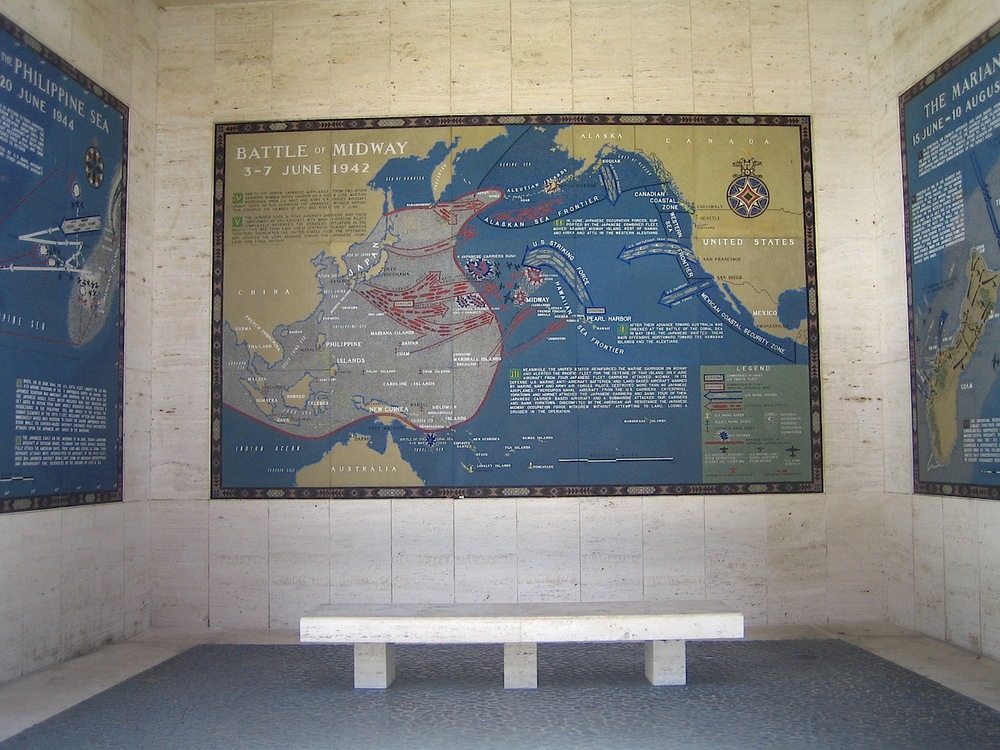
As the memory of the U.S. colonial presence fades, one Philippine attraction that is somewhat overlooked by visitors is the 152-acre American Military Cemetery and Memorial in Makati. Of the 14 U.S. administered military cemeteries outside North America, this memorial contains the largest number of remains (17,207) and is the only one located in the Pacific.
Unlike all the other cemeteries with just American citizen graves, this one has the singular distinction of also containing the remains of Filipinos who fought as Philippine Scouts and soldiers of 17 other nationalities in the Allied Forces, including New Zealand, Australia, Canada, China and Panama.
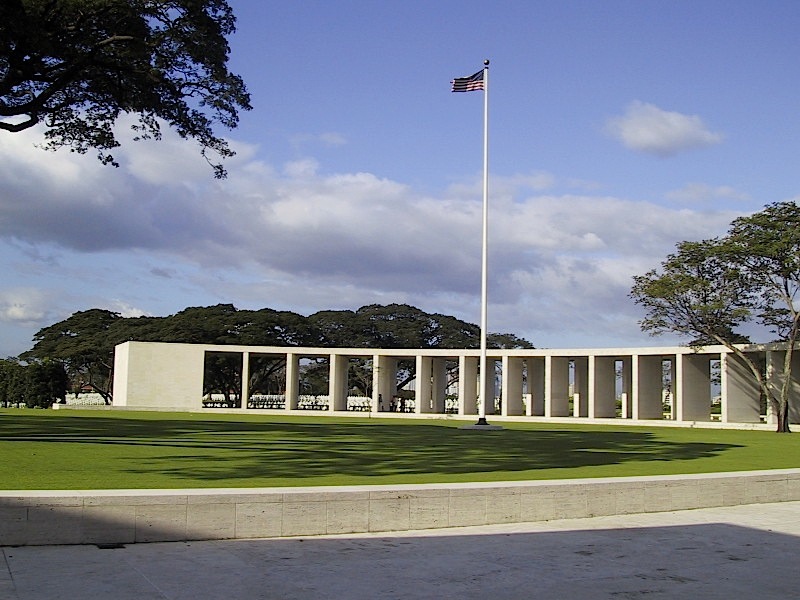
I’ve brought countless friends and groups through this cemetery, which is open all year round (except December 25 and January 1), and I don’t tire of doing so. I’ve been coming to this stately park since I was seven, and in a city that has changed dramatically, this cemetery remains the way I knew it, although the trees have grown taller and some of the views are now blocked by high-rise condominiums nearby. From the chaos and physical blight of Manila, one enters pristine and manicured grounds, a gently rolling lawn dotted with age-old acacia trees whose carefully trimmed branches exude graceful and a restful air.
Each one of the regularly scrubbed 17,000 white marble headstones, quarried from Carrara and Lassa in Italy, glows, the names chiseled half-a-century ago still reading clearly. A total of 3,644 remains are unidentified, and their headstones are inscribed as comrades whose identities are “…known only to God.”
Mahogany trees flank the cemetery’s long-boulevard entrance. Perfectly aligned headstones are laid in 11 concentric circles around the Memorial court. At the end of gentle steps to the court is a 60-foot high chapel, standing ramrod to the sky, gracing over two wide hemicycles of travertine limestone surrounding the court. Twenty-four pairs of fin walls support the hemicycles bearing the chiseled names of 36,285 men and women from the Navy, Army, Air Force, the Marine Corps, the Coast Guard and the Philippine Scouts. The names on the walls mean their bodies were never found, although a few of the remains have been found along the years.
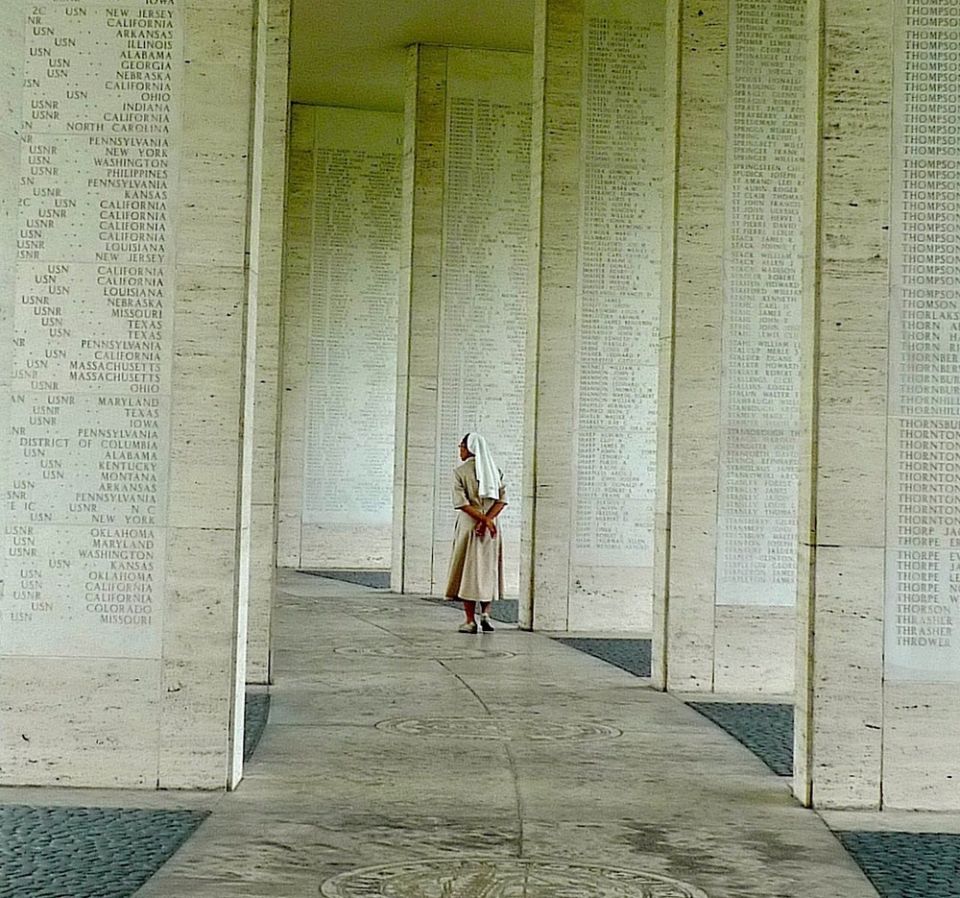
The Cemetery was designed by a San Francisco Bay Area architect named Gardner Dailey (1895 –1967). Dailey designed the homes of many wealthy San Francisco families, and his buildings included museums, hotels and several campus buildings at the University of California Berkeley.
Dailey won the commission to design the Cemetery on land donated by the Philippine Government to the United States in 1948. He had designed buildings and tropical landscapings in Central America. In the Philippines, he applied his interest in landscaping by creating a cemetery amid a botanical garden, with tropical flowering trees, shrubs and plants. A half-century later the acacia trees he designated throughout the site have a solid majesty to them, shading headstones, its jagged limbs upward, seemingly in supplication to the heavens.

The end rooms of each hemicycle contain 27 imposing wall maps of the Philippines, Asia, and the Pacific in tinted concrete, mosaic and ceramic. With markers, colored arrows and text, each map gives brief histories of key historical junctures beginning with the Japanese occupation of the Asian mainland, the attack on Pearl Harbor in Honolulu, Hawaii and the swift takeover of Singapore, Hong Kong, Thailand and the Malayan Peninsula. One map entitled Defense of Luzon illustrates the gallant and heroic stand of American and Filipino soldiers against the Japanese invaders, stalling their advance for five long months until Bataan and Corregidor finally surrendered in May 1942.
Important battles now dimly remembered are permanently enshrined on the walls--the battles of the Coral Sea and the Midway Atolls where sizeable Japanese naval forces headed for New Guinea, Australia, Hawaii and Alaska were destroyed or driven back.
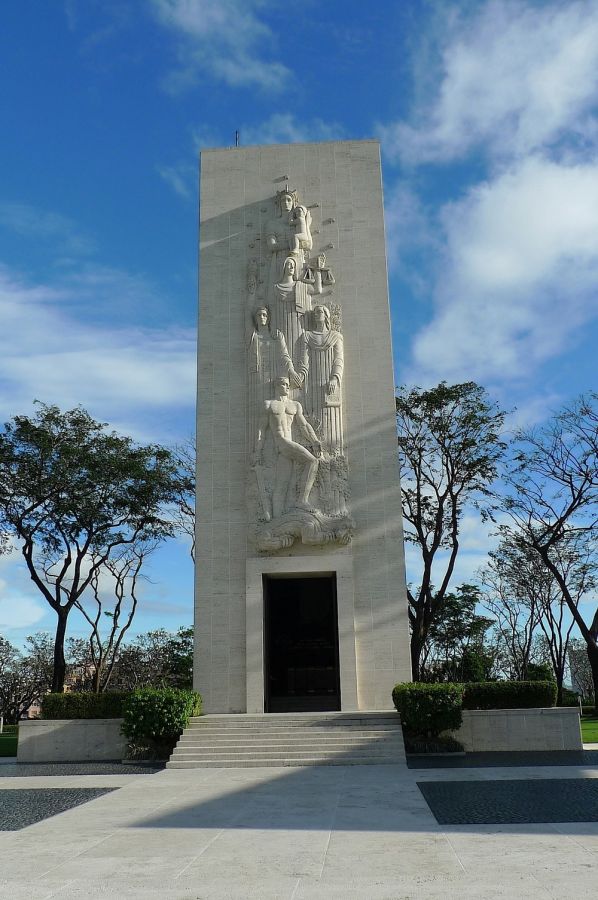
Other key battles such as Guadalcanal, the Solomon Islands, and Iwo Jima (the latter taking almost a month to subdue)–in which Allied forces regained Japanese occupied islands at the cost of tens of thousands of lives over two years of continuous fighting– are pictorially rendered. The map of interest to many is one entitled “Return to The Philippines, October 1944,” detailing the combined American and Allied Forces, 200,000 men strong, destroying most of Japan’s remaining naval ships in the Battle of Leyte Gulf, and returning, as promised, by General Douglas MacArthur.
In the blur of tens of thousands of names inscribed on the walls and those carved on the headstones, there are poignant stories. Twenty pairs of brothers are buried side by side. On the wall of the missing are the names of five Sullivan brothers, Frank, Joe, Matt, Al, and George. When their light cruiser USS Juneau was torpedoed off the Solomon Islands, three would die instantly. A fourth would later drown, and survivors recounted that the remaining brother George, in grief and despair, went over the side of the raft and disappeared in the water.
On the wall of the missing, soldiers who received the Congressional Medal of Honor while alive or posthumously, like Private George Watson, have their names engraved in gold. In March 1943, Watson rescued fellow soldiers in the water after their ship was bombed off New Guinea. He drowned, dragged down by the suction of the sinking ship. For his selfless act, he would be one of seven African Americans who received the Medal of Honor and the only one to receive it for action in the Pacific Theater.
On any given day, surviving American and Filipino relatives can still be seen visiting headstones, bearing flowers. At the Memorial, relatives pose for photos beside the inscribed names of loved ones. With the passage of time, the emotional pain and tears are less evident than what one would witness at the Vietnam War Memorial in Washington, D.C. Here, the gathered relatives and friends softly talk about “Dad” or “Lolo” (grandfather) or “Uncle,” recounting snatches of character and bravery to the younger members present.

Most of the soldiers were young, many under 20 years old. By war’s end 100,000 American men and women from the various services had died in the Pacific Theater (60,000 Filipino soldiers, guerrilla fighters and an estimated one million civilians died in the same period). Many of the American soldiers died during the early part of 1942 and the latter part of 1944, coinciding with the defense of the Philippines, the Bataan Death March, the return of American forces, the Battle of Leyte and the eventual liberation of the country.
On December 8, 1941, 30-year-old infantryman and poet Henry G. Lee was stationed in the Philippines and realized that the attack on Pearl Harbor would soon change his world completely. He died along with other POWs in January 1945 aboard a bombed Japanese cargo ship off Formosa. He wrote this poem, later found in a POW camp north of Manila.
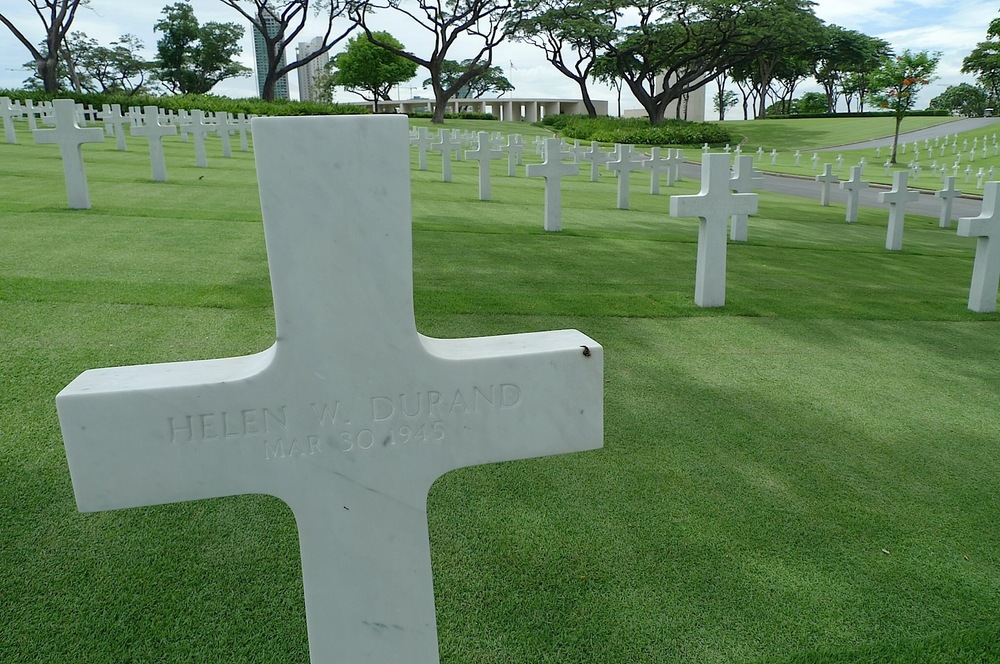
Entitled “Prayer to Battle (To Mars)” he wrote:
Before thine ancient altar, God of War, Forlorn, afraid, alone, I kneel to pray.
The gentle shepherd whom I would adore, Faced by thy blazing plaything, slips away. And I am drained of faith – alone – alone.
Who now needs faith to face thy outthrust sword, Bereft of hope, turned to pagan to the bone. I kneel to thee and hail thee as my Lord.
From such a God as thee, I ask not life, My life is forfeited, the hour is late. Thou need not swerve the bullet, dull the knife. I ask but strength to ride the wave of fate. And one thing more – to validate this strife, And to my own sacrifice – teach me to hate.
Henry Lee’s name is carved on the wall of the missing at the American Military Cemetery.
Every Filipino must not fail to visit, meditate and thank these men and women who rest in this sadly beautiful cemetery for their ultimate sacrifice.
John L. Silva is a founding member of Filipinas Magazine. He now resides in Manila, Philippines. He is the Executive Director of Ortigas Foundation Library in Pasig City, Philippines.
